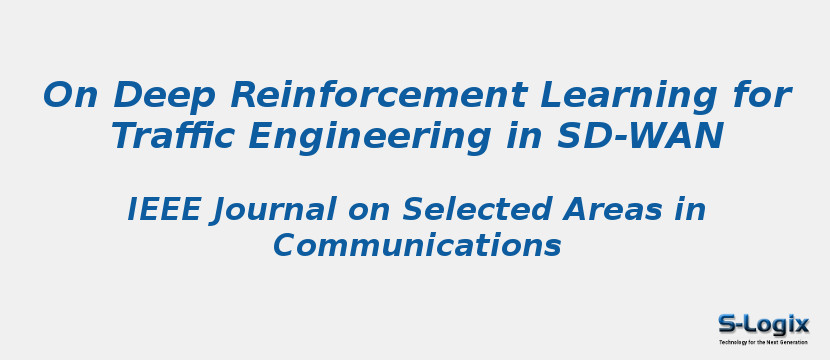Research Area: Vehicular Ad Hoc Networks
The demand for reliable and efficient Wide Area Networks (WANs) from business customers is continuously increasing. Companies and enterprises use WANs to exchange critical data between headquarters, far-off business branches and cloud data centers. Many WANs solutions have been proposed over the years, such as: leased lines, Frame Relay, Multi-Protocol Label Switching (MPLS), Virtual Private Networks (VPN). Each solution positions differently in the trade-off between reliability, Quality of Service (QoS) and cost. Today, the emerging technology for WAN is Software-Defined Wide Area Networking (SD-WAN) that introduces the Software-Defined Networking (SDN) paradigm into the enterprise-network market. SD-WAN can support differentiated services over public WAN by dynamically reconfiguring in real-time network devices at the edge of the network according to network measurements and service requirements. On the one hand, SD-WAN reduces the high costs of guaranteed QoS WAN solutions (as MPLS), without giving away reliability in practical scenarios. On the other, it brings numerous technical challenges, such as the implementation of Traffic Engineering (TE) methods. TE is critically important for enterprises not only to efficiently orchestrate network traffic among the edge devices, but also to keep their services always available. In this work, we develop different kind of TE algorithms with the aim of improving the performance of an SD-WAN based network in terms of service availability. We first evaluate the performance of baseline TE algorithms. Then, we implement different deep Reinforcement Learning (deep-RL) algorithms to overcome the limitations of the baseline approaches. Specifically, we implement three kinds of deep-RL algorithms, which are: policy gradient, TD- λ and deep Q-learning. Results show that a deep-RL algorithm with a well-designed reward function is capable of increasing the overall network availability and guaranteeing network protection and restoration in SD-WAN.
Keywords:
Author(s) Name: Sebastian Troia; Federico Sapienza; Leonardo Varé; Guido Maier Politecnico di Milano, Milan, Italy,SWAN Networks, Milan, Italy
Journal name: IEEE Journal on Selected Areas in Communications
Conferrence name:
Publisher name: IEEE
DOI: 10.1109/JSAC.2020.3041385
Volume Information: ( Volume: 39, Issue: 7, July 2021) Page(s): 2198 - 2212
